
7 Best Wildlife Photography Tips for Photographers
Share
While the image of a grizzly snatching fresh salmon from a stream is a memorizing one, it's easy to forget what goes into creating it.
The photographer has to capture the rushing water and flipping tail of the fish at the perfect moment. And, don't forget that hungry bears aren't the friendliest animals, meaning you can't get too close.
But, despite all the effort required, wildlife photography is still an amazing pursuit. You can capture pictures of amazing animals and amazing scenes.
So, if you want to learn how to take wildlife photos, the best camera backpack and wildlife photography tips, stay tuned!
What is the Purpose of Wildlife Photography?
While wildlife photography is simply a genre that documents animals in their natural habitat, it's also much more than that for many.
Currently, many animals are facing unprecedented challenges, and wildlife photography captures their struggles. Many of us will never get to see some of the animals captured up close, and wildlife photography allows us to catch a glimpse of their beauty.
Besides that though, wildlife photos are often used in documentaries, magazines, and more.
How do you Become a Wildlife Photographer?
Before you even think about becoming a wildlife photographer, the first thing you need to harness is your patience.
It can take hours, days, or weeks of waiting before you get that perfect shot you're looking for. Often, you'll have to wait quietly in position for quite a while until an animal even comes along.
With that in mind, being able to wait is the first step toward successful wildlife photography.
Wildlife Photography Cameras
While there’s no definitive wildlife photography camera, there are some things to consider. Your camera will need to have a great autofocus system, high shutter speed settings, and the ability to shoot in low light.
You can find these capabilities in many SLR and DSLR cameras, especially sports cameras.
Another thing to keep in mind is that you’ll probably be getting your camera dirty. Rain, mud, and dust are all things wildlife photographers deal with on the regular.
So, with those tips in mind, What’s the best camera for wildlife photography? Try the Nikon D850, Sony a9, or Canon 7D Mark II.
Wildlife Photography Camera Bag

When traveling long distances in the rain or snow, you’re going to need the best camera backpack. Preferably one that’s lightweight, waterproof, and can carry everything you need.
We recommend The Voyager camera backpack. It ticks all those boxes and is even water-resistant. You’ll also never miss a shot using the quick draw side access camera backpack.
Wildlife Photography Accessories
Camouflage isn’t just for hunters, as wildlife photographers use it to get closer to their subject. Remember what we mentioned before about not wanting to get spotted by the bear?
Another important accessory is a wildlife photographer’s lenses. Macro and telephoto lenses are especially useful, as they allow for zoomed in, detailed shots from a distance.
What Makes a Good Wildlife Photo?
While there’s certainly some subjectivity to what makes a good wildlife photo, there are ways to separate the novice from the expert.
Quality wildlife photos show the immense detail of the animals being captured. They're like portraits, only with the added challenge of the creature not knowing it's the subject.
There are many memorizing action shots of animals in complex motion, but even that isn't required for a great picture.
In fact, comedy wildlife photography awards showcase animals doing funny things. Take this photobombing giraffe:
So really, there’s many ways wildlife photography can be great.
7 Wildlife Photography Tips
For reference, here are a ew extra tips to help your wildlife photography shine:
- Protect your Gear. While a herd of horses kicking up dust might look cool, be sure to bring a few microfiber lens cloths. Tools like these can help you keep your camera safe and clean.
- Use the Right Settings. While an ISO of 100 or 200 is ideal to avoid noise, you might have to set it higher in dim lighting conditions. Also, you may have to set your shutter speed as high as 1/1000 or 1/2000 to capture fast movement.
- Use a Tripod. Using a tripod will help you keep your images nice and stable.
- Learn About the Animals. The more you know about the animals you’re shooting, the more likely you’ll be able find them and capture them effectively.
- Use the rule of thirds. It’ll improve your composition!
- Take your time. Sometimes the best wildlife photography shots come from experimenting with different angles and being patient while shooting.
- Go with the Flow. As much as it seems like a drag to shoot in the rain, unintended conditions can lead to great photos.
Up Next: Is Photography Art?
After being exposed to the world of wildlife photography, you might be wondering: is photography art? Fortunately, we have an article that answers that question.
Also, don’t forget to let us know in the comments what animal you’d want to get pictures of, if given the chance.

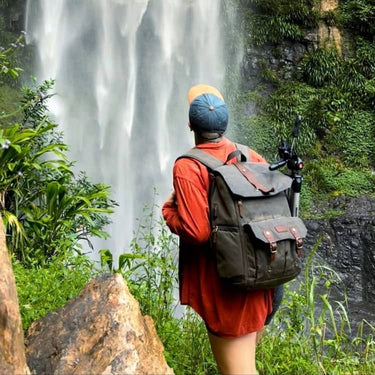
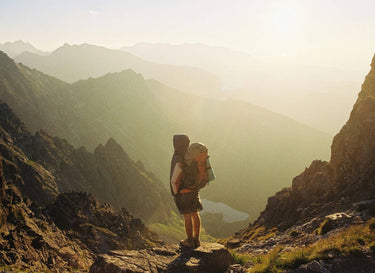

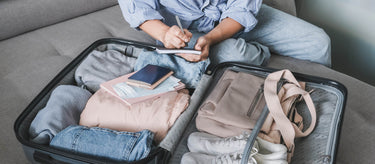
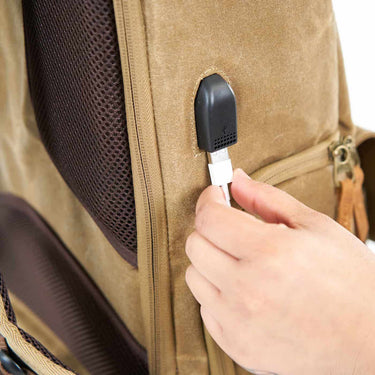
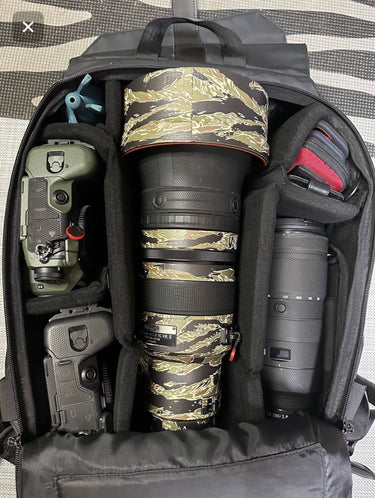
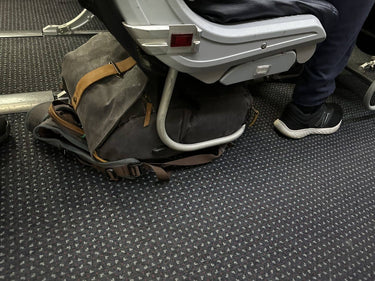



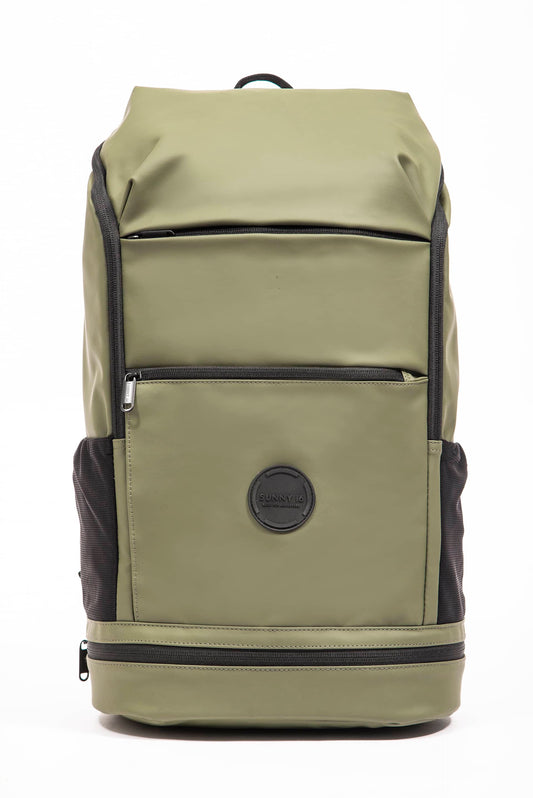
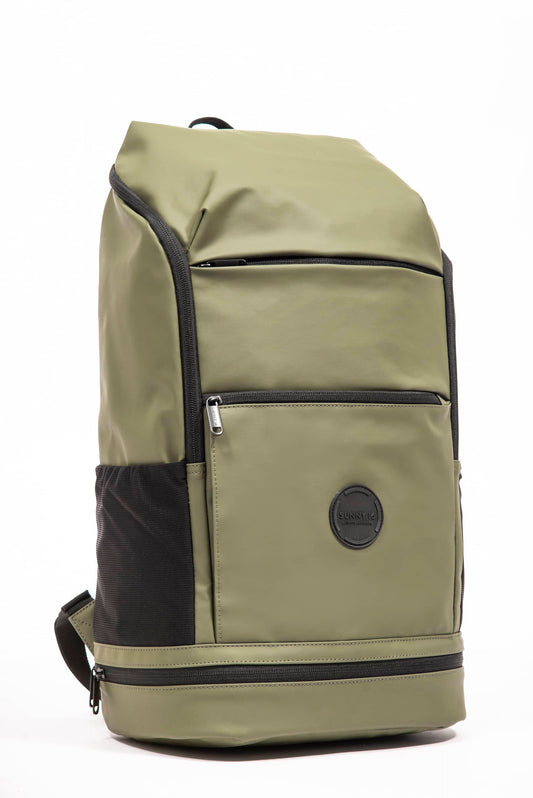
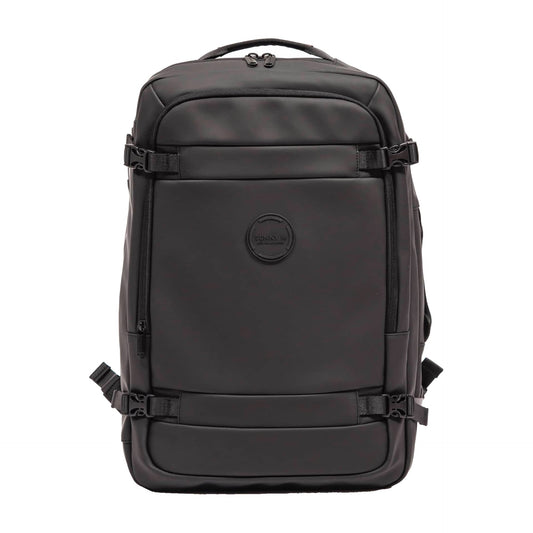
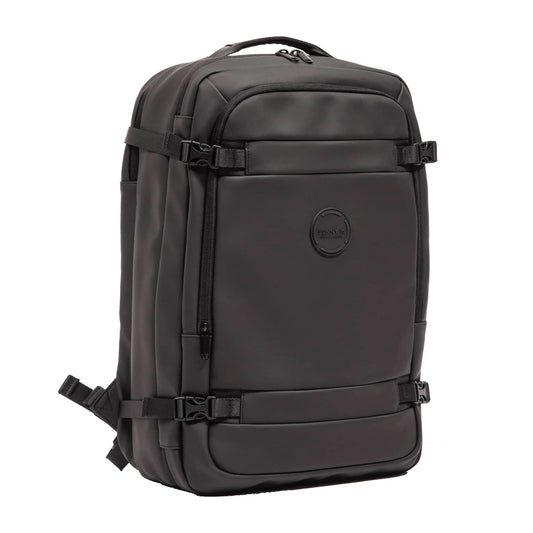
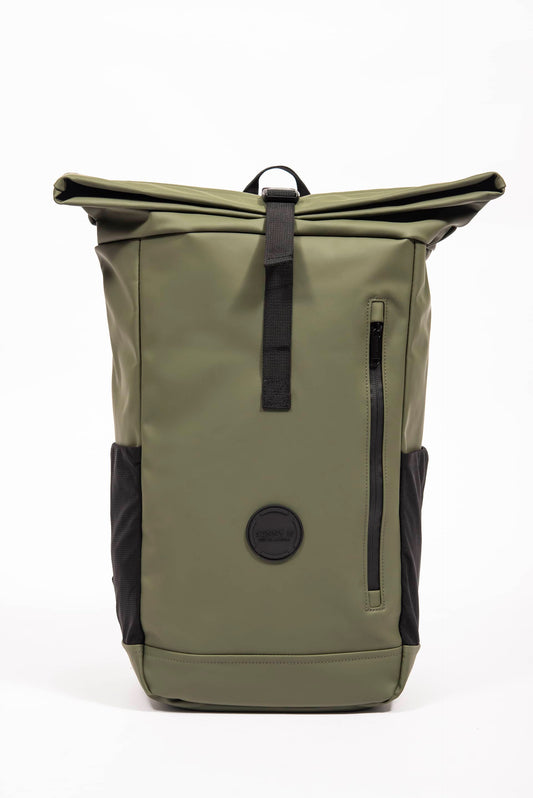
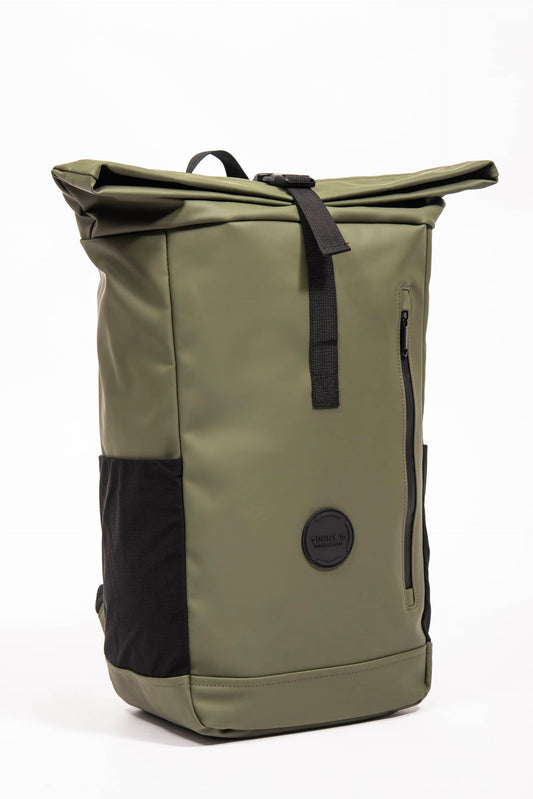
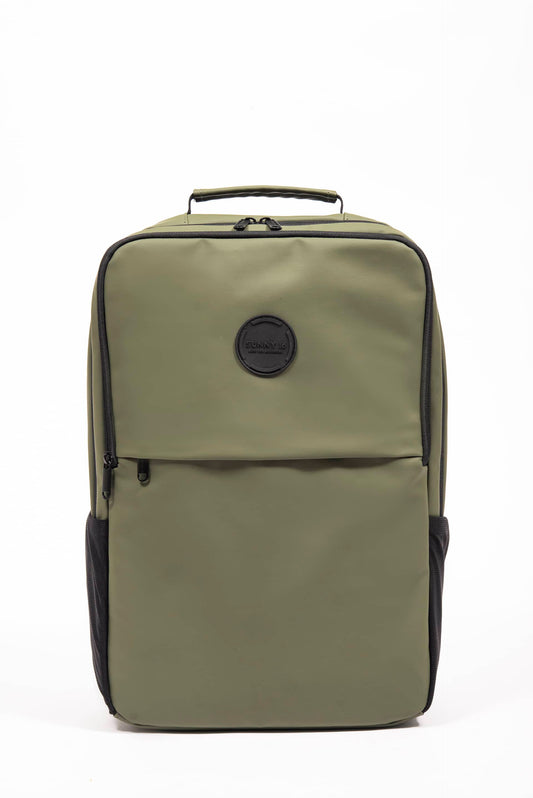
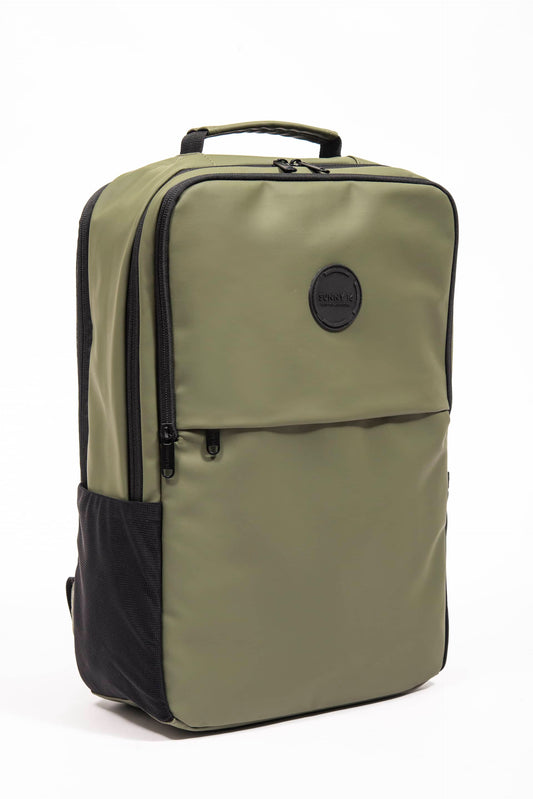
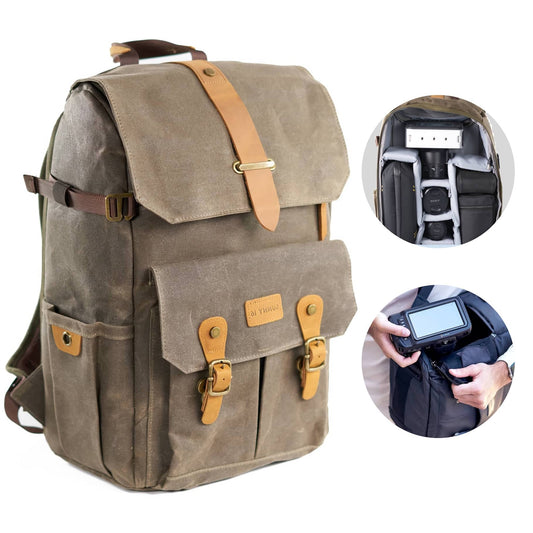
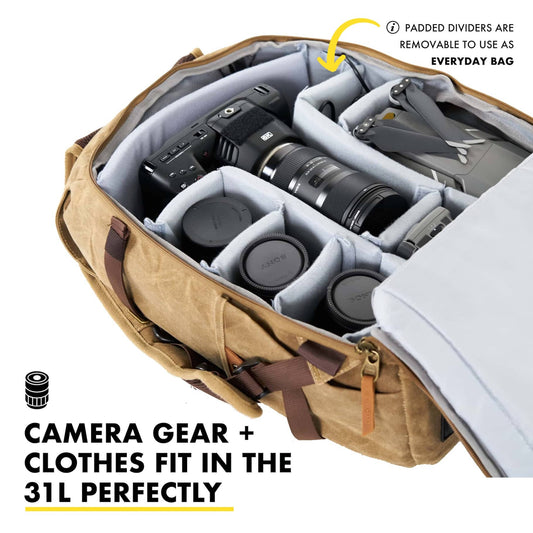

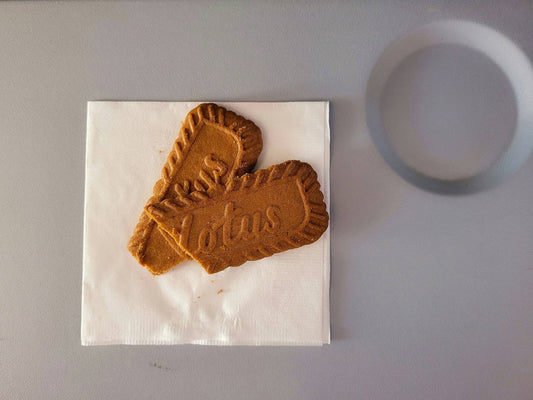





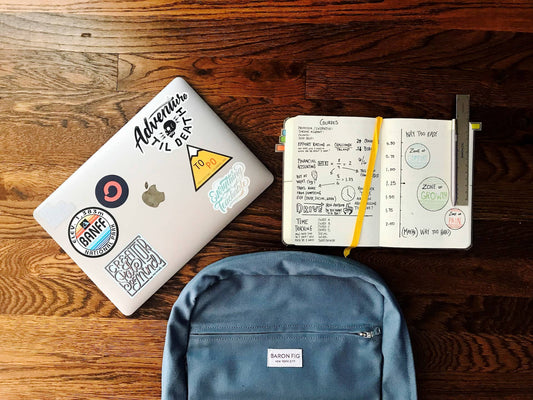

1 comment
I really enjoyed this article.
Good to know you like wildlife <a href=‘’https://www.clipping world.com/multi-clipping-path-service/’’>photography. Post-processing the images will enhance the quality of your images.
Thank you